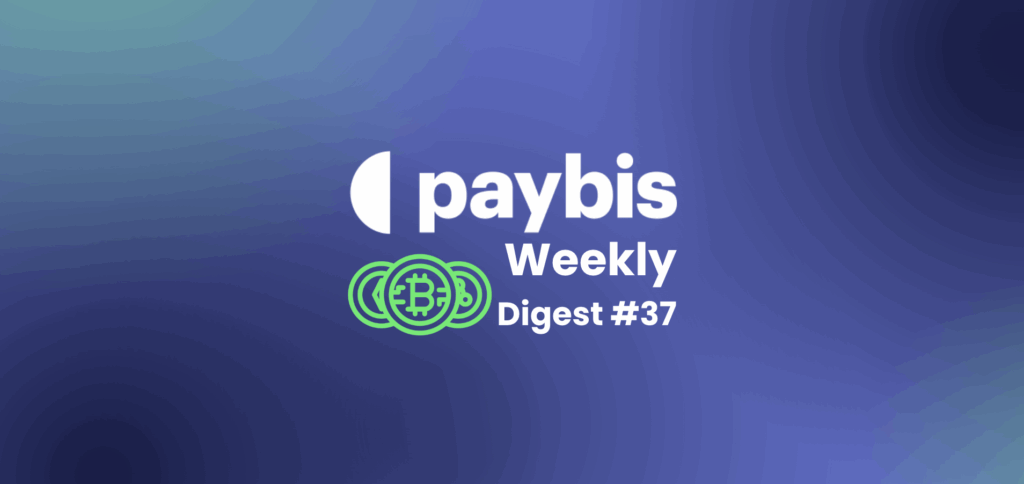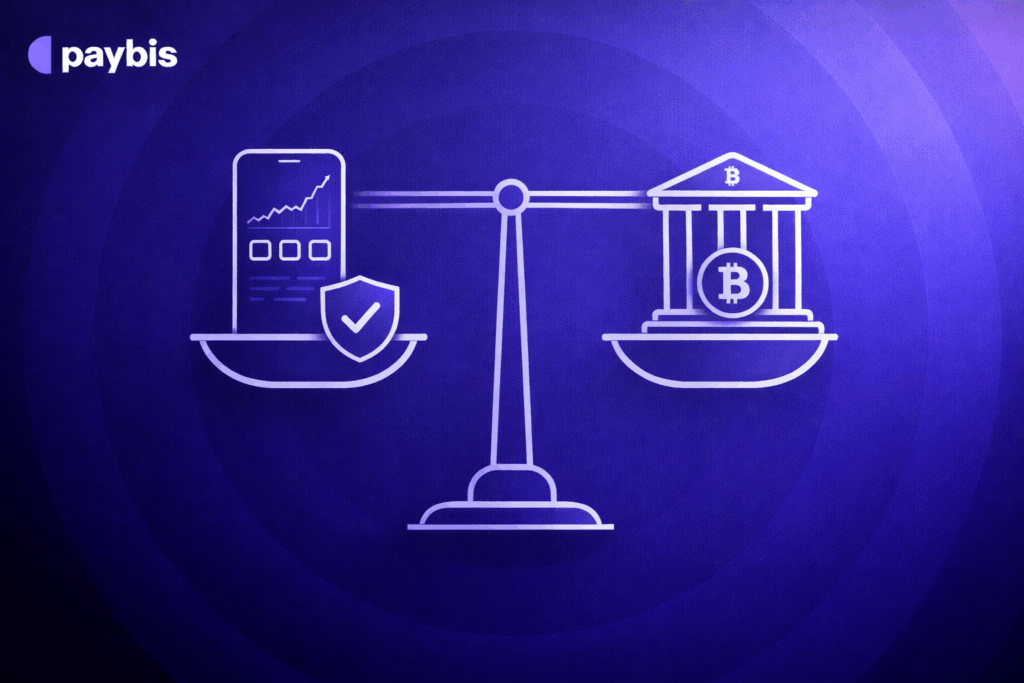What is Helium Mining? HNT Mining Explained
Helium mining might sound confusing to beginners and experienced traders alike, but it doesn’t have to be. Unlike Bitcoin or Ethereum, Helium isn’t just about digital money – it’s about creating a network that connects smart devices while letting people earn HNT, its native token.
In this article, we’ll explain Helium mining in simple terms, why it matters, how it works, and what it means for the future of crypto mining and its environmental impact. By the end, you’ll have a clear understanding of this unique project and why it’s getting increased attention.
Key Takeaways
- Helium mining isn’t like Bitcoin: you’re helping build a wireless network for smart devices, not running massive computers.
- Helium miners, called hotspots, earn HNT by providing network coverage and verifying data, not by solving complex math problems.
- The Helium network uses a unique Proof-of-Coverage system, which is energy-efficient and eco-friendly.
- Some hotspots make just a few dollars a day, while others in busy areas earn more.
- Helium’s value comes from real-world utility, powering IoT devices, smart cities, and innovative applications, not just speculation.
Table of contents
What is a Helium Miner?
Now what is a helium miner? – Helium hotspot miners, often just called hotspots, are the backbone of the Helium Network.
Unlike the towering cell towers you see along highways, these hotspots are compact and decentralized, meaning anyone can participate even if they are far away from the hotspot’s location. This democratization of network infrastructure is a key feature of Helium.
Technically, these hotspots utilize LoRaWAN, a low-power wide-area networking protocol built on a unique technology architecture named LongFi, which is a leading wireless technology. Think of LoRaWAN as a special language specifically designed for IoT devices to communicate with each other.
Using LoRaWAN, hotspots create a long-range wireless network that caters to the low-power needs of these IoT devices.
In essence, by operating a HNT hotspot miner, you’re contributing to a vast, decentralized network that allows countless IoT devices to transmit data wirelessly. This opens doors for various applications, from smart home sensors sending data to remote monitoring systems to wearables tracking fitness information.
Helium Miner Profitability
Thus, Hotspot Miner earns HNT Helium tokens when compatible devices connect, and for validating wireless coverage delivered by peers.
This incentivizes the development of a global network that caters to the low-power communication needs of various IoT devices, fostering a collaborative environment where users contribute to the network’s growth and are rewarded with HNT for their participation.
Top profitable HNT Mining Hardwares
Some of the latest Helium mining hardware that Helium crypto miner should use for the best helium rewards or helium miner profitability are:
RAK Hotspot V2
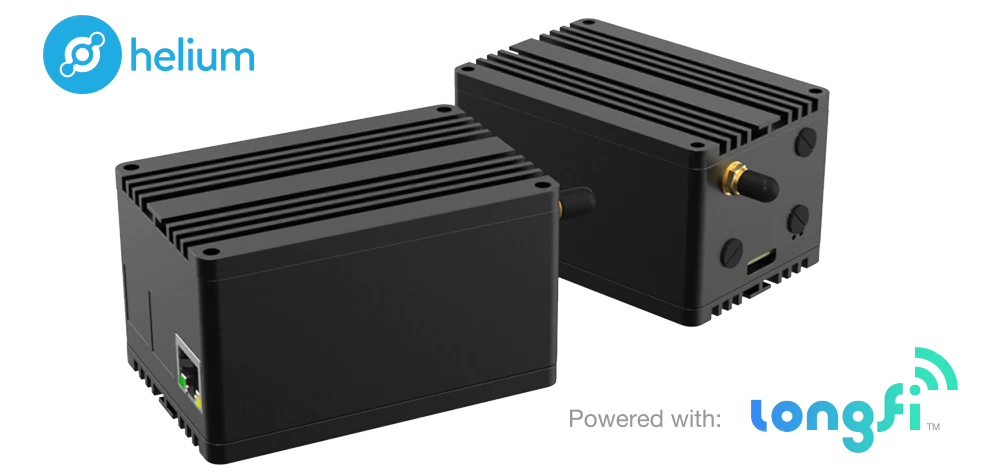
An outdoor LoRa gateway with extensive coverage that can be used for mining Helium or HNT mining. It can earn HNT tokens when devices connect, wireless coverage is validated, or it’s in the range of other RAK Hotspot V2s.
It can be set up in minutes using a smartphone and has LongFiTM technology to maximize range and battery life.
SenseCAP Miner
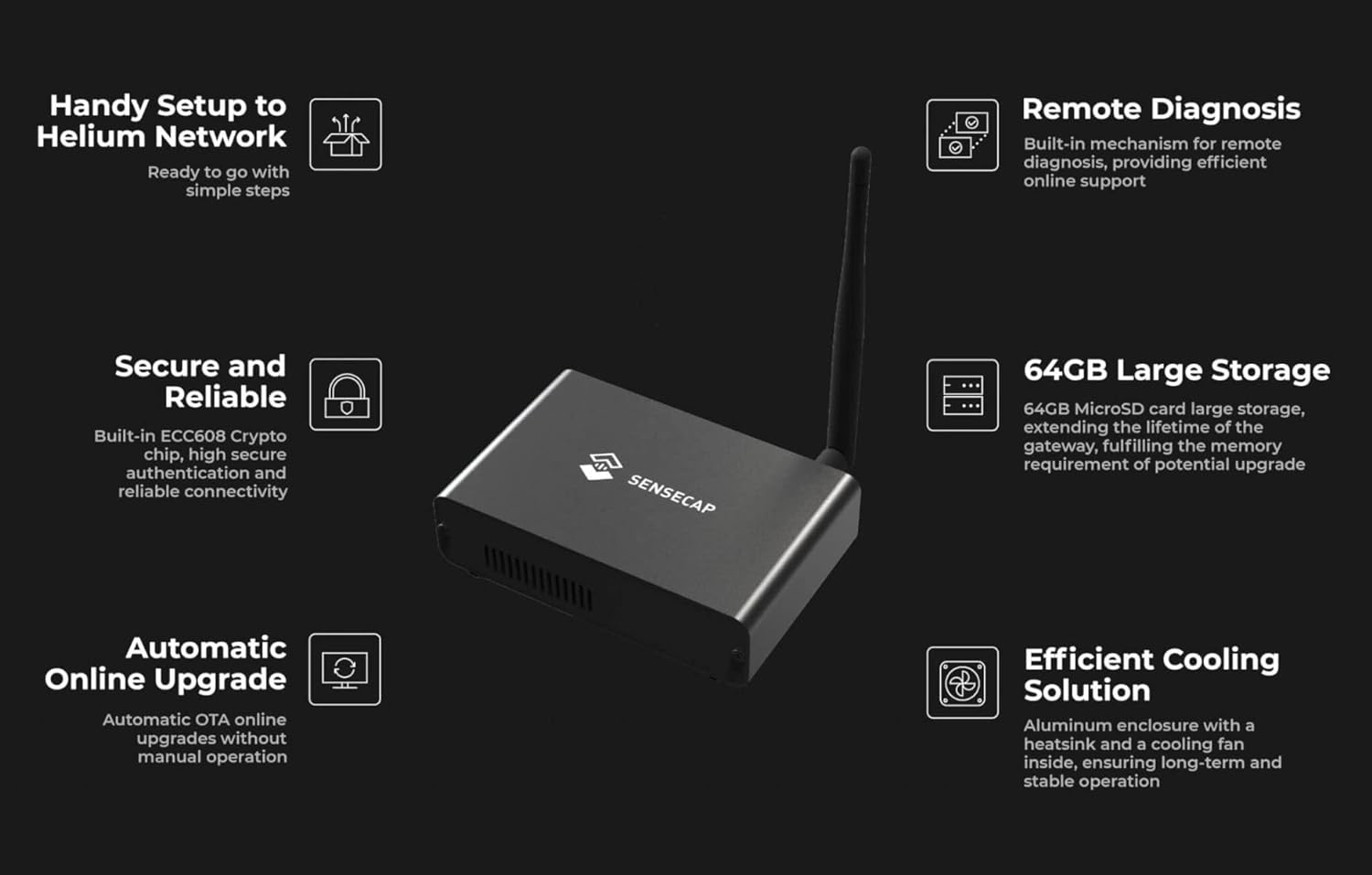
SenseCAP Miner combines LoRaWAN and blockchain tech for efficient Helium mining with reliable coverage and a user-friendly setup.
Bobcat Miner 300
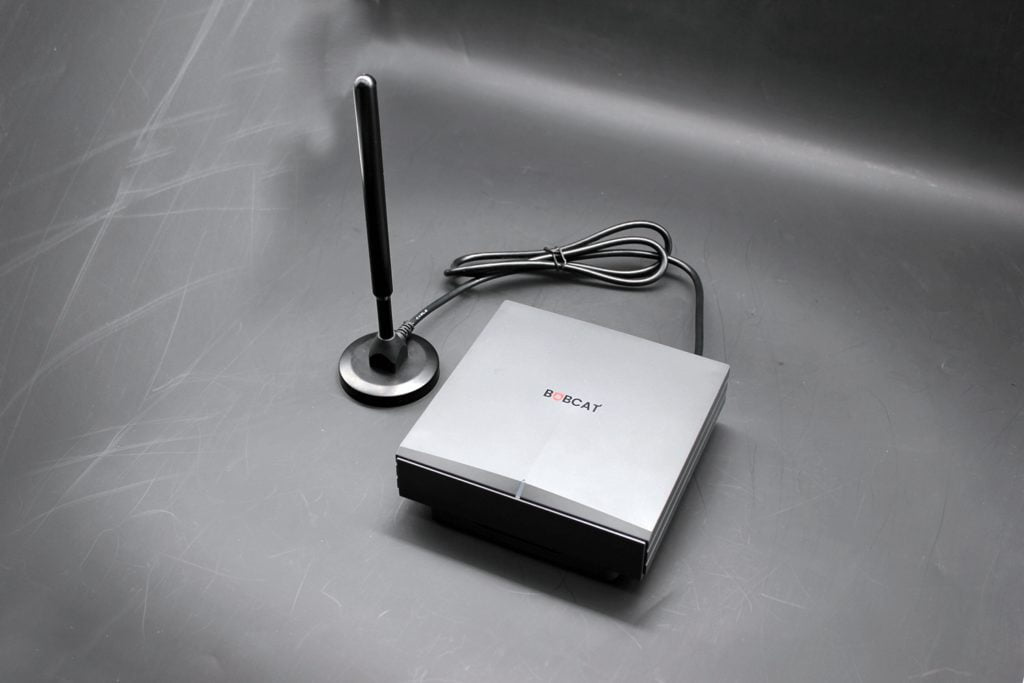
Bobcat Miner 300 a well-known option for Helium mining that provides robust coverage and is known for its easy setup and user-friendly interface.
How Does Helium Mining Work?
Have you ever thought about how does helium mining work? Helium mining takes a different approach compared to traditional cryptocurrency mining, that relies on powerful computers. Here’s how it works within the Helium Network.
Building a Robust Wireless Network
Helium mining breaks away from the bulky computer equipment typically associated with cryptocurrency mining. Instead of relying on complex hardware like CPUs or ASICs (Application-Specific Integrated Circuits), it utilizes radiowave technology.
This switch allows Helium hotspots to act as miners in a unique way. By focusing on radio waves, these hotspots can contribute to building a long-range wireless network coverage that extends far beyond the reach of traditional Wi-Fi.
While aiming to be more reliable than traditional providers, it’s important to understand that this network’s reliability can vary depending on factors like network density (number of hotspots) and hotspot distribution.
Earning HNT Tokens Through Network Contribution
Helium miners, also known as hotspots, are the backbone of the network. These devices utilize LoRaWAN transmitters to extend the network’s reach.
Miners earn HNT tokens by contributing to the network infrastructure, The People’s Network. The amount of HNT earned is directly tied to the amount of data transferred by wireless devices that connect through the hotspot.
Proof of Coverage Challenges
To ensure hotspots are providing legitimate coverage in their claimed locations, the Helium network throws them random “pop quizzes” known as Proof of Coverage (PoC) challenges. Imagine it like a classroom where the teacher picks students at random to answer questions.
In this analogy, the challenge is the question, and the network picks hotspots to answer. These hotspots then need to “communicate” with their classmates, acting as witnesses, to verify they received the challenge and are indeed in the area they claim.
Successful participation in PoC challenges further contributes to earning HNT tokens. However, isolated hotspots without nearby miners (witnesses) cannot confirm their beacons and receive less HNT.
Data Credits and Burn & Mint Equilibrium
The Helium network operates on a unique economic model centered around data credits (DCs) and Helium tokens (HNT). When a device wants to transmit data across the Helium network, it must pay in DCs. These DCs aren’t directly purchased, but rather created by “burning” HNT tokens.
This burning process essentially removes HNT from circulation. This creates a fascinating system called burn and mint equilibrium (BME). Think of it like a seesaw: as DCs are created by burning HNT, the total supply of HNT tokens goes down. This helps to potentially stabilize the value of HNT by keeping supply in check with network usage.
BME ensures a balance between the creation of new HNT through mining and the removal of HNT from circulation through burning. This model utilizes HNT tokens as a unique form of payment within the network.
Why is Helium So Valuable?
Have you ever wondered why is Helium so valuable? Helium mining is widely sought after in the crypto industry because of several reasons. Below are a few.
Proof-of-Coverage (PoC)
Unlike many cryptocurrencies that rely on PoW, a system that requires massive amounts of energy for complex computations, Helium utilizes a unique approach called PoC. This innovative system flips the script. Instead of brute computational power, Hotspots, the backbone of the Helium Network, earn rewards by verifying actual network coverage and ensuring the integrity of data transfer. This PoC approach has several advantages.
Firstly, it’s significantly more eco-friendly, consuming a fraction of the energy compared to PoW systems. Secondly, PoC incentivizes a geographically distributed network. Overall, Helium’s Proof-of-Coverage stands out as a greener and more geographically diverse solution for securing its network.
Data Credits vs. HNT
Helium’s design introduces a unique separation between its native token (HNT) and data transfer. Unlike traditional crypto, where the same token is used for both purposes, Helium employs a separate unit called Data Credits (DCs). These DCs are non-tradable tokens specifically used to pay for data transmitted on the network.
This separation offers several advantages. For example, it decouples the price of HNT from short-term fluctuations in network usage. This two-token system offers a more balanced and potentially more stable economic model for the Helium Network.
Integration with the Physical World
The world of cryptocurrency can often feel abstract, existing solely within the digital realm. However, Helium carves a unique path by bridging this gap and connecting to real-world devices and infrastructure. This tangible utility is achieved through a network of physical devices called Hotspots. These Hotspots, often deployed by individuals in their homes or businesses, act as miniature cell towers, providing wireless data coverage for IoT devices.
Evolving Ecosystem
The Helium Network is constantly expanding its capabilities. New features like Helium Mobile, which aims to provide low-cost mobile data plans using the network, could further increase demand for HNT tokens.
What is the Price of Helium?
Helium (HNT) price is subject to fluctuation.
Cryptocurrency markets are inherently volatile. HNT’s price can swing significantly in a short period. Looking at historical charts can help understand this fluctuation. For instance, some sources show Helium reaching an all-time high of $54.88 in November 2021.
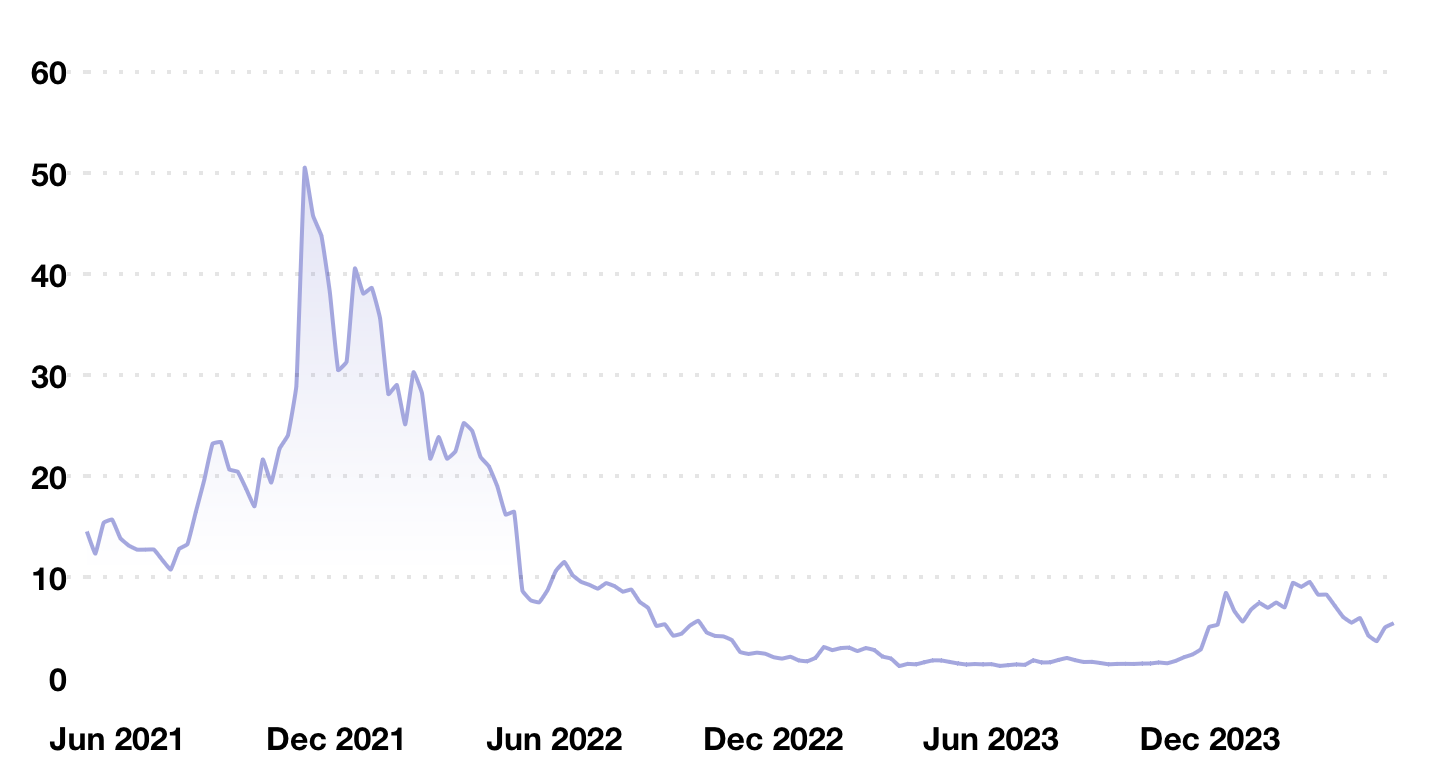
If you want to calculate the value of HNT to USD for trading purposes, you should use a Helium calculator.
Conclusion
Helium mining, at its core, represents a fascinating experiment in decentralized infrastructure building.
It challenges the traditional model of centralized telecommunications providers, empowering individuals to participate in the creation of a vast, low-power wireless network.
While the financial incentives have drawn significant attention, the true potential of Helium lies in its ability to unlock new IoT applications.
Strong Helium proponents imagine a world where smart cities seamlessly track air quality, logistics networks optimize routes in real-time, and lost pets are easily located – all powered by a network built by the people, for the people.
FAQ
Is Helium mining profitable?
Helium mining can still be profitable, but it depends on your location, the density of nearby hotspots, electricity costs, and the type of miner you use. In urban areas with more devices connecting to the network, miners tend to earn more HNT.
Before investing in anything, it’s important to calculate potential earnings against upfront costs and ongoing maintenance.
Can Helium coins reach $100?
Theoretically, yes, but in reality, it’s difficult to say. For Helium (HNT) to reach $100, it would require significant network growth, adoption, and overall market demand for decentralized IoT connectivity.
How much do Helium miners make a day?
On average, a hotspot in a moderately populated area could earn between $2 and $10 per day in HNT, though some locations with high demand can generate more. Overall, earnings differ based on network activity, location density, and mining rewards.
Is Helium mining bad for the environment?
Helium mining is much more environmentally friendly than traditional Bitcoin mining. Helium miners use very little electricity because they don’t rely on energy-intensive proof-of-work computations. Instead, they operate on a proof-of-coverage system, verifying network coverage while consuming minimal power, making Helium one of the greener blockchain projects available.
Disclaimer: Don’t invest unless you’re prepared to lose all the money you invest. This is a high‑risk investment and you should not expect to be protected if something goes wrong. Take 2 mins to learn more at: https://go.payb.is/FCA-Info


